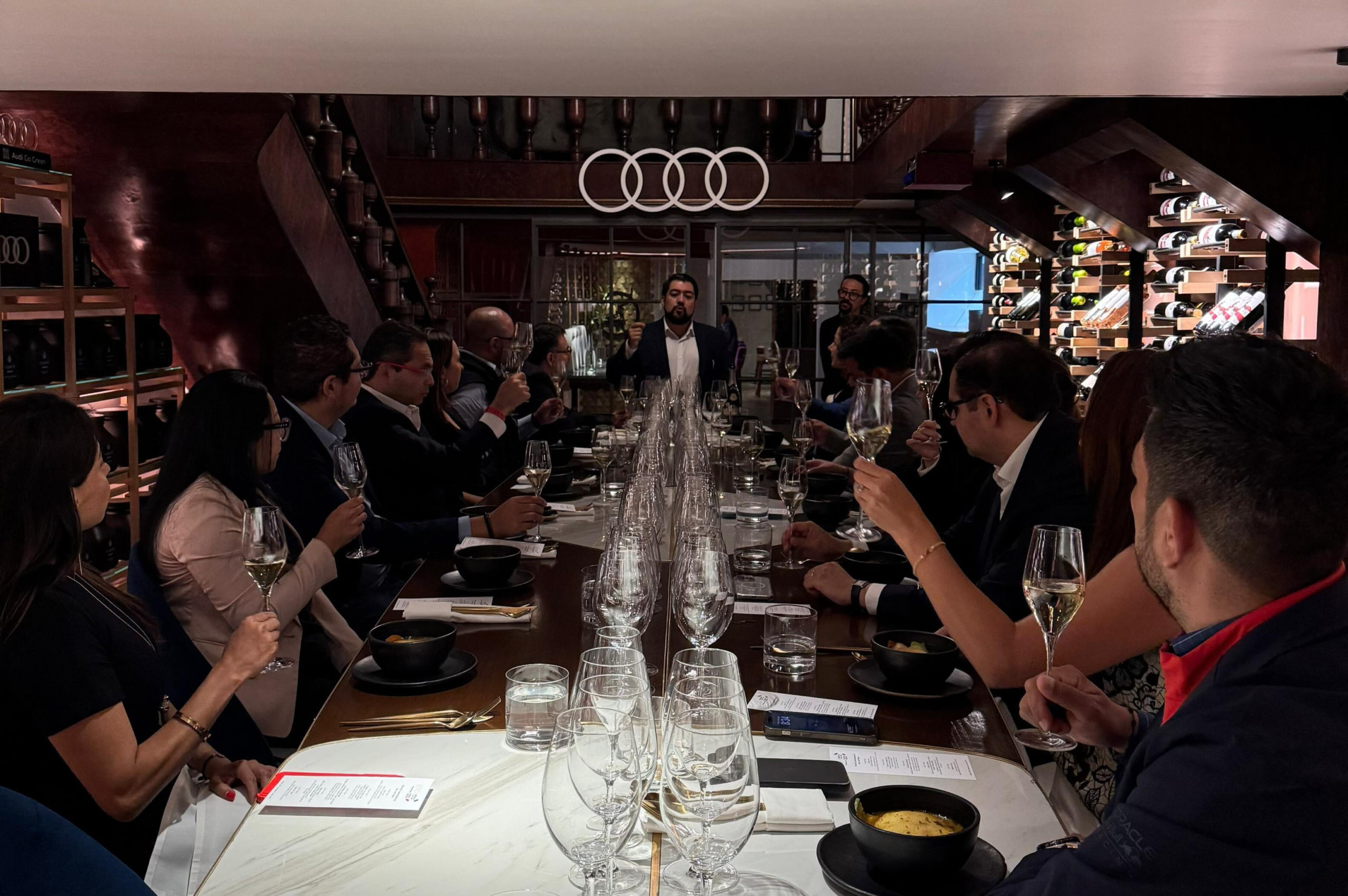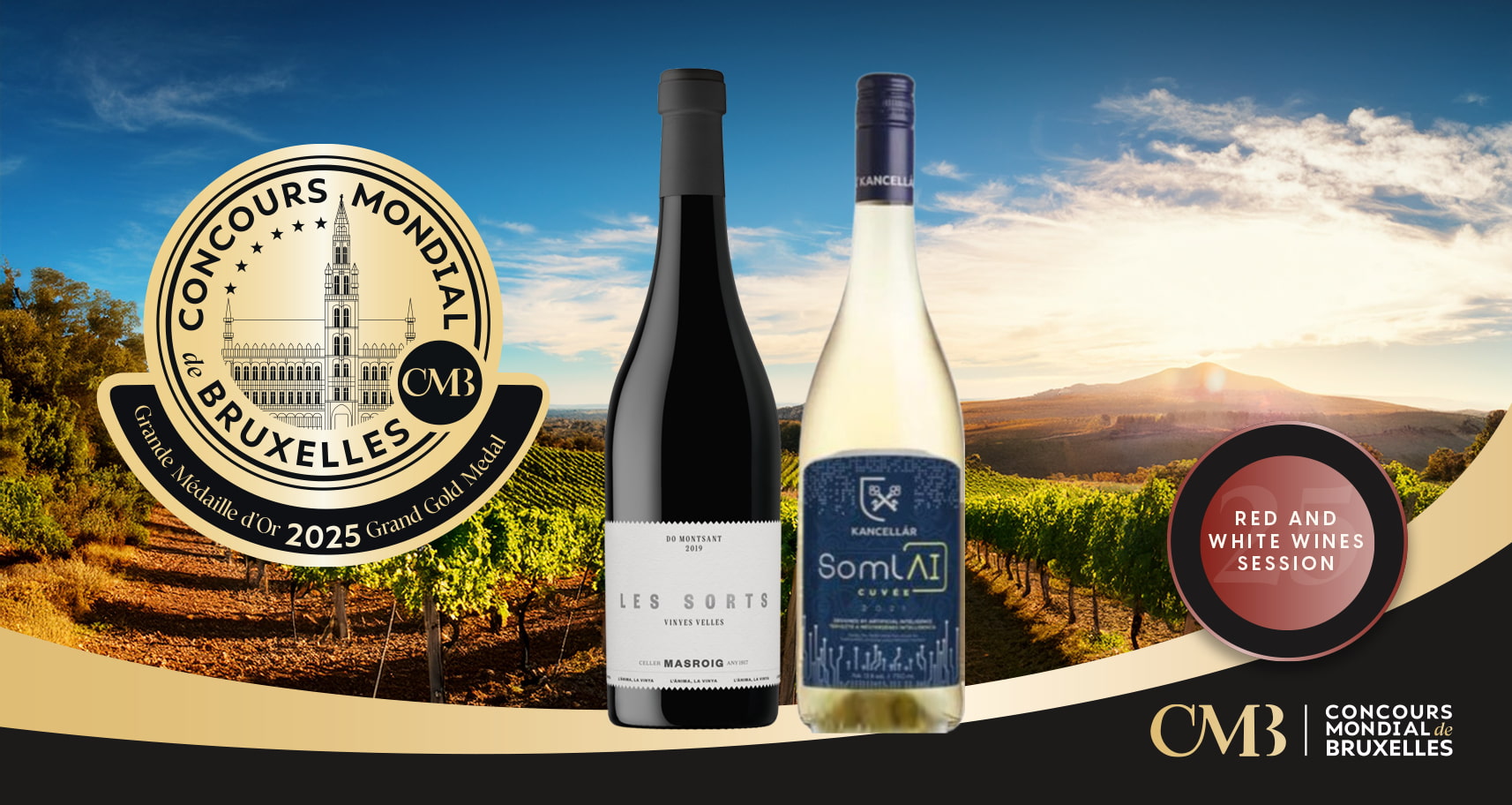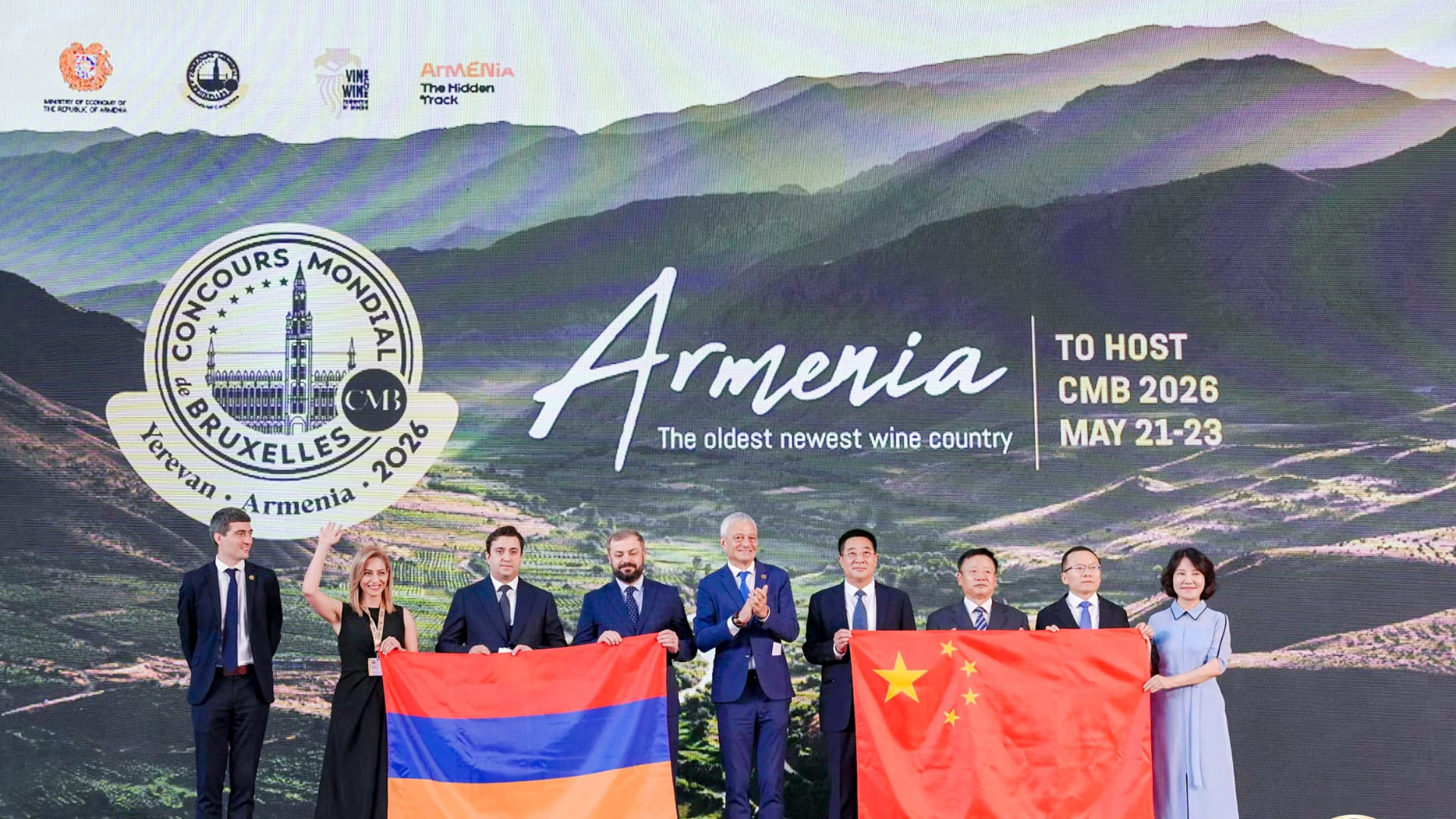Rosados from Valladolid are protecting the varietal heritage of Castilla y León

By Valentina Phillips
Spain is the world’s second biggest producer of rosé wines. In 2019 the country was responsible for nearly a quarter of global rosé production.[1] With 41% percent, Spain is also the largest exporter by volume, but in terms of value the country is still preceded by France and Italy. Nevertheless, the quality and popularity of Spanish rosados are continuously increasing as producers are developing more individual regional styles.
“Using local Spanish varieties, judicious use of saignée (or sangrado in Spanish), American oak and other techniques, a modern, high quality and distinctive style of Spanish rosado is fast emerging”, explains rosé expert Elisabeth Gabay in her book “Rosé: Understanding the pink wine revolution”.[2]
This year, from March 11 to 13, Spain will get another chance to prove the quality and uniqueness of its rosados by hosting the Rosé Wine Session of the prestigious Concours Mondial de Bruxelles. In Valladolid, the capital of Castilla y León and home to some of the most famous rosés on the Iberian Peninsula, rosados will compete against pink wines from 30 producer countries around the world.
The province of Valladolid is home to 5 designations of origin (D.O.). Historically, rosé wines have been made in all of them but the most important, by volume and tradition is D.O. Cigales. The appellation is famous for its “clairet” and the impressive legacy of its old vineyards. The old vines with their low yields produce wines with greater complexity, structure and concentrated fruit. The second most significant wine region for rosé in the province is D.O. Ribera del Duero known for its deep pink rosés called “ojo de gallo” (rooster’s eye). One of the defining features of the D.O. Tierra de León is the rosé it produces from the dark-skinned Prieto Picudo grapes.
“The Prieto Picudo variety produces very particular rosés, traditionally bright in color, although gradually they are being developed in the chromatic range of peony and strawberry. These are wines with an intense nose, loaded with fresh shoots and aniseed with their characteristic carbonic note that makes them unique”, explains José Carlos Álvarez Ramos, a Doctor of Agricultural Engineering from the University of León and senior specialist in Viticulture and Oenology at the University of Valladolid.
The use of grape varieties other than Garnacha and Tempranillo is one of the important factors contributing to the surge in quality of Spanish rosados. They are combined with Merlot, Cabernet Sauvignon, Pinot noir and Petit Verdot to add complexity to the wines. Native white grape varieties, such as Verdejo or Albillo for example, are used to give rosés a higher level of aromatic compounds. But according to José Carlos Álvarez, the use of native grape varieties in rosé blends plays another significant role in the wine heritage of Castilla y León:
“The multi-varietal production of rosados is of vital importance to the protection and promotion of minority varieties such as Garnacha gris, Monastrel, Garnacha Tintorera, Negra Sauri, Merenzao and Touriga Nacional for the reds and Albillo, Jaen, Palomino, Puesta en cruz, Doña blanca and Pirulés for the whites. If it weren’t for rosés, those varieties would not have a place among the great whites and reds of Castilla y León. Therefore, I see rosé wines as a custodian of historical varietal heritage.”
In traditional rosé wine regions like Cigales or Tierra de León, rosado is the drink of choice, as demonstrated by the fact that 96% of the rosé produced in Castilla y León is consumed within the country. “40% is consumed in the local market, 30% in the regional market and 26% countrywide”, explains Álvarez. “The consumption of rosé has decreased in recent years on the national and international scene, but not in its producer regions such as Valladolid, where the market increases every year.” He attributes the rising popularity of rosados to their freshness, fruit potential, and the fact that they can easily be paired with a variety of foods, including haute cuisine tapas designed by the great chefs of Castilla y León.
In hosting the Rosé Wine Session of Concours Mondial de Bruxelles, José Carlos Álvarez sees a unique opportunity to present the distinctive rosados of Castilla y León: “It is an honor to receive in Valladolid one of the most prestigious competitions in the world. Through Concours Mondial de Bruxelles we have a great window to show the planet the potential of our region and to demonstrate the versatility of rosados, in their many forms and blends with unknown and unique varieties.”
60 rosé experts from 25 nationalities will gather in Valladolid to judge over 1,000 rosé wines. The origin of entries is once again very diverse, representing the largest rosé wine producing regions such as Provence, Languedoc-Roussillon and Abruzzo.
[1] CIVP / FranceAgriMer
[2] Elizabeth Gabay. “Rosé: Understanding the pink wine revolution”. 2018


